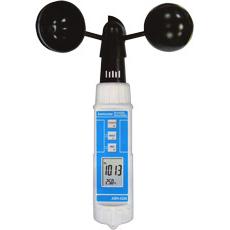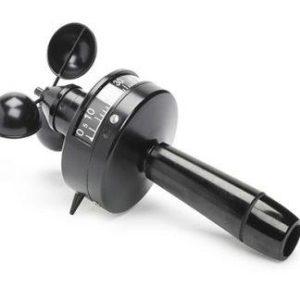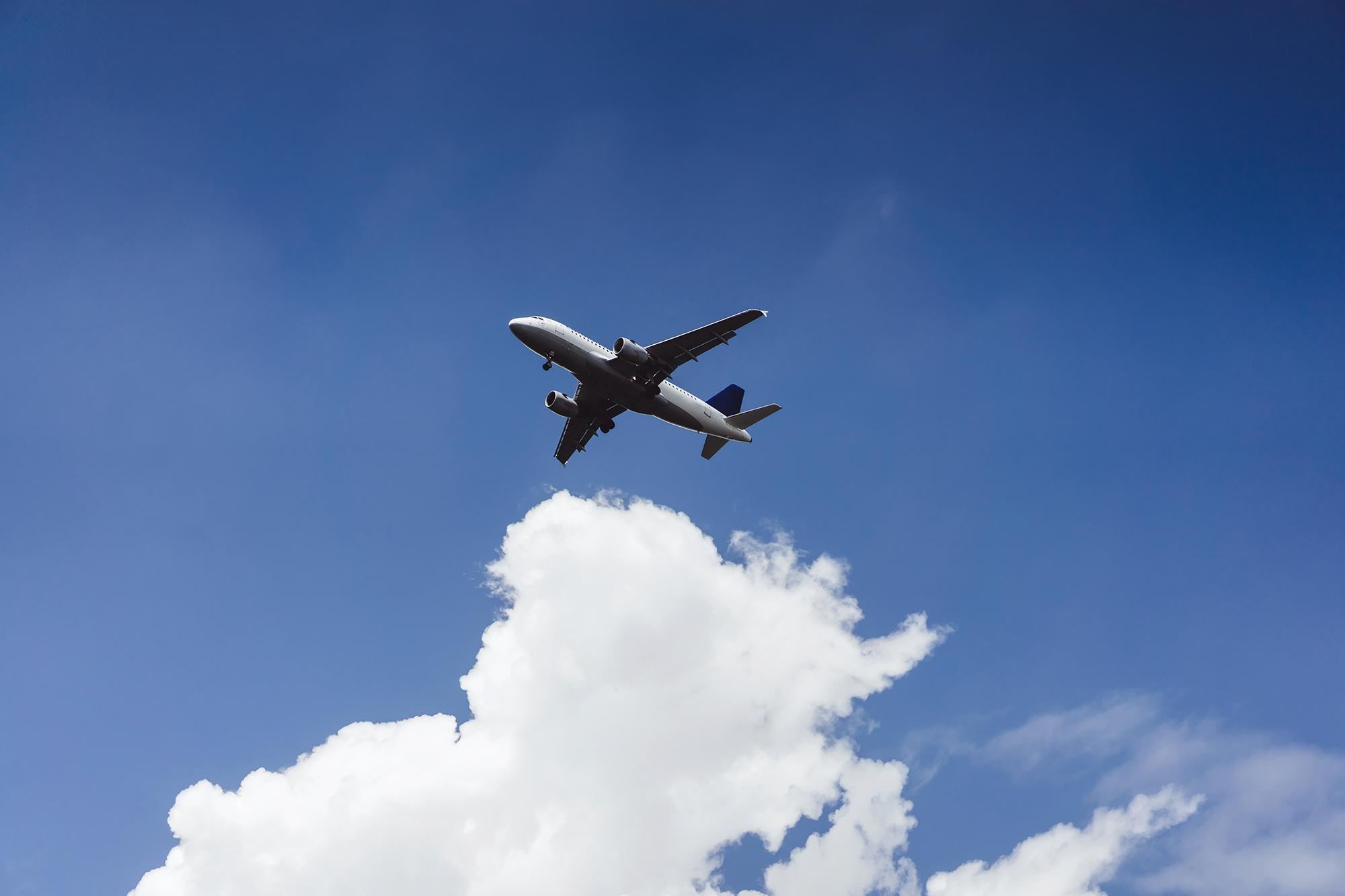Types of Anemometers in UK
Anemometers are devices used to measure wind speed and direction. In the UK, various types of anemometers are used for different applications, ranging from meteorology to aviation, and even for hobbyist use. Here are the main types of anemometers commonly found in the UK:
- Cup Anemometers
Cup anemometers are among the most traditional and widely used types. They consist of three or four cups attached to horizontal arms, which are mounted on a vertical shaft. As the wind blows, it pushes the cups, causing the shaft to rotate. The speed of rotation is proportional to the wind speed. These are commonly used in weather stations and for general meteorological purposes.

- Vane Anemometers
Vane anemometers combine a wind vane with a propeller or a set of blades. The vane keeps the device oriented into the wind, while the propeller spins. The rotational speed of the propeller is used to calculate the wind speed. These are often used in environmental monitoring and HVAC applications.
- Hot-Wire Anemometers
Hot-wire anemometers use a thin wire electrically heated to a temperature above the ambient. As air flows over the wire, it cools the wire down, and the rate of cooling is used to determine the wind speed. These anemometers are very sensitive and are typically used in research and laboratory settings.
- Ultrasonic Anemometers
Ultrasonic anemometers measure wind speed and direction by sending ultrasonic sound pulses between pairs of transducers. The time it takes for the pulses to travel between the transducers is affected by the wind speed and direction. These devices are highly accurate and can measure wind in three dimensions, making them suitable for scientific research, weather stations, and aviation.
- Laser Doppler Anemometers
Laser Doppler Anemometers use the Doppler shift principle, where a laser beam is split into two and one part is directed into the airflow. The motion of particles in the air causes a change in the frequency of the reflected laser light, which is measured to determine the wind speed. These are highly precise and used in specialized research applications.
- Pitot Tubes
Pitot tubes measure wind speed based on the pressure difference between static and dynamic air pressure. They are often used in aviation to determine the airspeed of aircraft, but they can also be used in wind tunnel experiments and other aerodynamic studies.
- Pressure Plate Anemometers
Pressure plate anemometers consist of a flat plate that is pushed by the wind. The force exerted on the plate is measured and converted into wind speed. These are less common and generally used for specific applications like measuring wind load on structures.
- Handheld Anemometers
Handheld anemometers, which can be of various types including vane and cup designs, are portable and used for field measurements. These are popular among hobbyists, outdoor enthusiasts, and professionals who need to measure wind speed on the go.

Applications in the UK
In the UK, these Anemometers are used across various sectors including:
- Meteorology: For weather forecasting and climate studies.
- Aviation: At airports and for in-flight measurements.
- Renewable Energy: Wind farm site assessments and operational monitoring.
- Environmental Monitoring: Assessing air quality and pollution dispersion.
- Building Services: HVAC system performance and ventilation studies.
- Research: Atmospheric and aerodynamic research.
Who should use the Anemometer in the UK?
- Meteorologists and Weather Forecasters
Meteorologists and weather forecasters use Them to gather data on wind speed and direction, which is essential for weather prediction, monitoring atmospheric conditions, and issuing weather advisories and warnings.
- Aviation Professionals
Pilots, air traffic controllers, and aviation meteorologists rely on anemometers to assess wind conditions at airports and in-flight. Accurate wind data is crucial for safe takeoffs, landings, and navigating aircraft during flight.
- Renewable Energy Sector
Professionals in the renewable energy sector, particularly those involved in wind energy, use them for site assessments, wind resource analysis, and monitoring the performance of wind turbines. This data helps optimize the placement and operation of wind farms.
- Environmental Scientists
Environmental scientists and researchers use them to study airflow patterns, atmospheric dispersion of pollutants, and air quality monitoring. Understanding wind behavior aids in assessing the impact of pollution and planning measures for mitigation.
- Building and Construction Industry
Professionals in the building and construction industry employ anemometers for assessing wind loads on structures, evaluating ventilation systems, and optimizing building designs for energy efficiency and occupant comfort.
- Agriculture and Horticulture
Farmers, horticulturists, and agricultural researchers utilize anemometers to assess wind conditions for crop pollination, pesticide spraying, and controlling microclimates in greenhouses and agricultural settings.
- Outdoor Enthusiasts
Outdoor enthusiasts, such as sailors, surfers, kite flyers, and paragliders, use handheld anemometers to gauge wind conditions for recreational activities and sports.
- Research and Education
Scientists, educators, and students across various disciplines use them for research purposes, conducting experiments, and educational demonstrations to understand principles of fluid dynamics, meteorology, and environmental science.
- Industrial Applications
They find applications in various industrial settings, such as assessing ventilation systems in factories, monitoring airflows in cleanrooms, and ensuring safe working conditions in hazardous environments.
- General Public
Individuals interested in monitoring weather conditions, wind speeds during outdoor activities, or maintaining personal weather stations may use them for hobbyist purposes.
In summary, they are utilized by a diverse range of professionals, enthusiasts, and industries in the UK for purposes ranging from weather forecasting and aviation safety to renewable energy production and environmental monitoring.

